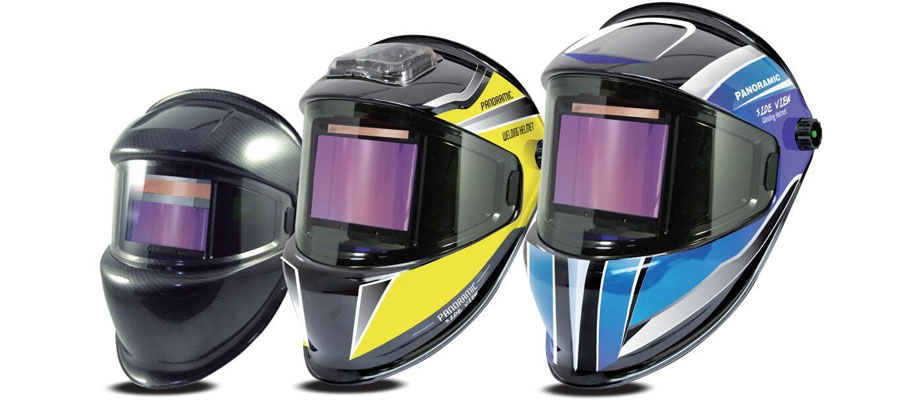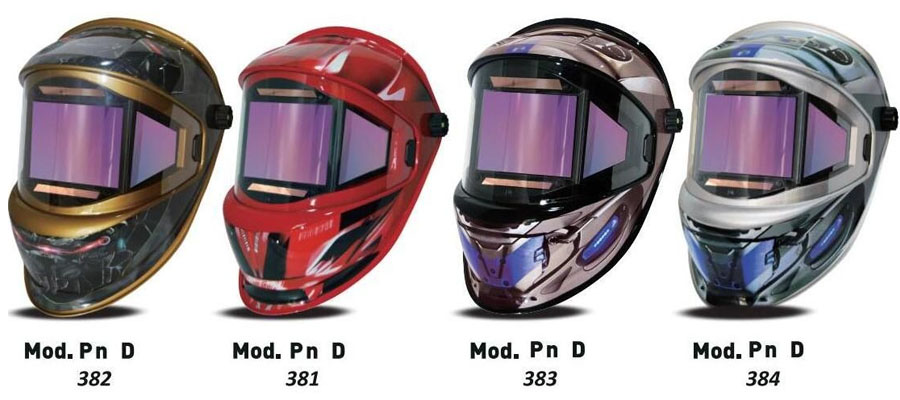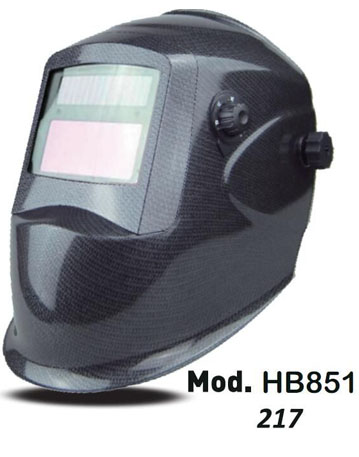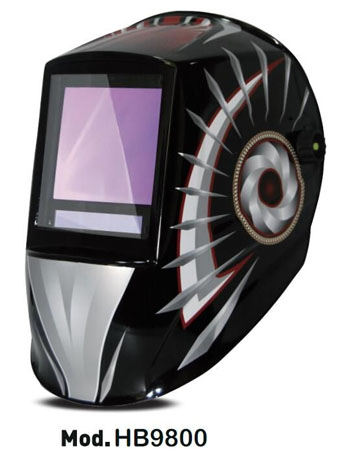
As you know, welding helmets are designed to protect your face and eyes from sparks, arc flashes, and particles. That's why you wear them. But choosing the right helmet goes beyond basic occupational safety considerations. Helmets can affect your comfort and overall productivity at work, not to mention the quality of your work. And it all boils down to seeing clearly.
A concept called optical clarity plays an important role in how well you can see when wearing an auto-darkening helmet. A helmet that is too dark, or one that varies too much in the quality of your vision through the filter, can hinder your vision in the welding booth, causing discomfort, vision problems, and even irregular welds when you pick up the torch. When it comes to your vision in the welding booth or in the field, it is important to use top technology.
Helmet standards
While the US has not adopted any formal requirements for welding helmet design, manufacturers have begun to seek guidance from third-party European standards that govern the protection of welders' eyes and faces. These standards are prefixed with EN (European Standard) and include EN 166 (sun visors), EN 169 (shadow/transmittance of filters expressed as graduated numbers), EN 175 (welding shields) and EN 379 (auto-darkening welding boxes). Every helmet sold in Europe is rated according to this system before it enters the retail channel.
The latter two standards contain important ratings for optical clarity. These ratings are determined by measuring the light transmission through the solder cartridge and by tests on the scattered light from the cartridge layers.

Auto-darkening cartridges are assessed in four important categories, all of which relate to optical clarity. Each category is rated on a scale of 1 to 3, with 1 being the best (perfect) and 3 being the worst. Increasingly, helmet manufacturers are developing products that pass all tests with the highest scores, producing a 1/1/1/1 rating, which is currently the best.
Optical rating (visual accuracy). Think about how objects are distorted underwater when you look down into the water. This limits the distortion of the image when you view it through the welding helmet lens. If you are looking through a Class 1 lens, distortion is minimal.
Light class diffusion. This class relates to impurities in the glass during the manufacturing process. Think of what it would look like if you had scratches on your glasses; the lens is not clear. Helmets that received a grade 1 rating in this category have lenses with very clear material and lenses with impurities. Impurities are common in cheaper helmets. A Class 1 lens in this category has a uniform lens material when you pass through it, giving you a clear view.

Variation in light transmission rating (light or dark areas within the lens). This rating focuses on the adjustable shading function of the lens. Helmets typically offer adjustable shadows between 4 and 13 levels, with 9 being the minimum permissible shade for welding. To assess the variation in light transmission across the shade, the tester checks the consistency of the shade at different points on the lens. For example, if you set the shading to 10, the lens should vary very little from left to right, up or down, or in the corners. Inconsistent shadows can affect optical clarity, leaving areas that are too bright or too dark. A grade 1 indicates that the lens provides uniform shading over its surface.
Angular dependence on light transmittance rating. This category tests for clear views without stretching, dark areas, blurring, or problems viewing objects from a certain angle. Similar to the variation in light transmission rating, this rating checks whether the lens provides a consistent level of shadows at an angle, such as looking down or up, as if you were looking straight on. On lenses with lower ratings, shadows will usually be darker when you look at them from a certain angle. With a Grade 1 lens, the shadows remain consistent regardless of the viewing angle.
Why is optical clarity important when welding?
Automatic darkening welding helmets with EN 379 1/1/1/1 rating provide uniform shadow levels over the entire height and width of the viewing area. This means that the helmet provides a larger shaded area covering the entire cartridge, but it also reduces bright visible light. Most manufacturers have yet to achieve a score of 1/1/1/1, especially in the USA. This rating is not required here, but it does now provide a known benchmark for quantifying lens sharpness.

The upside is that it eliminates the traditional trial-and-error game of trying on helmets and determining which has the best viewing lens. Welders looking to upgrade their helmets now know that a helmet with a 1/1/1/1 optical clarity rating will provide a perfect view and the best quality lens.
Welding is not an easy process, especially when you consider that welders wear helmets for most of their 8 to 10-hour shifts, sometimes working on exotic, thin, or expensive materials. In order for the welder to be able to perceive the ever-changing arc and the subtle changes in the welding pool, the clearer the field of view, the better. When welding, you are constantly adjusting the angle and travel speed to the changing arc conditions. Therefore, the ability to clearly see what is happening in the weld pool will help you deliver a more accurate end result and a higher-quality weld.
Experienced welders who have used 1/1/1/1 class helmets can immediately tell the difference in optical clarity. They report that they can see better, the workpiece is clearer and the experience is more comfortable than with a helmet (e.g. 1/2/1/2). They saw no distorted arcs in the higher-rated lenses and noticed sharpness issues in the lower-rated lenses. When we talk about subtle parameters, professional welders can notice the difference between 1 and 2, and the huge difference between 1 and 3.
More importantly, optical clarity plays an important role in welder productivity. If you are looking through distorted lenses with impurities and inconsistent shadows, your eyes will strain to see what you are doing, making you work harder. Viewing your welds through a clearer, better-quality lens will allow your eyes to work longer while reducing the overall strain on your body.
Are you interested in learning more about the best automatic darkening welding helmets for sale and how they can benefit you? Contact us today to secure an expert consultation!









